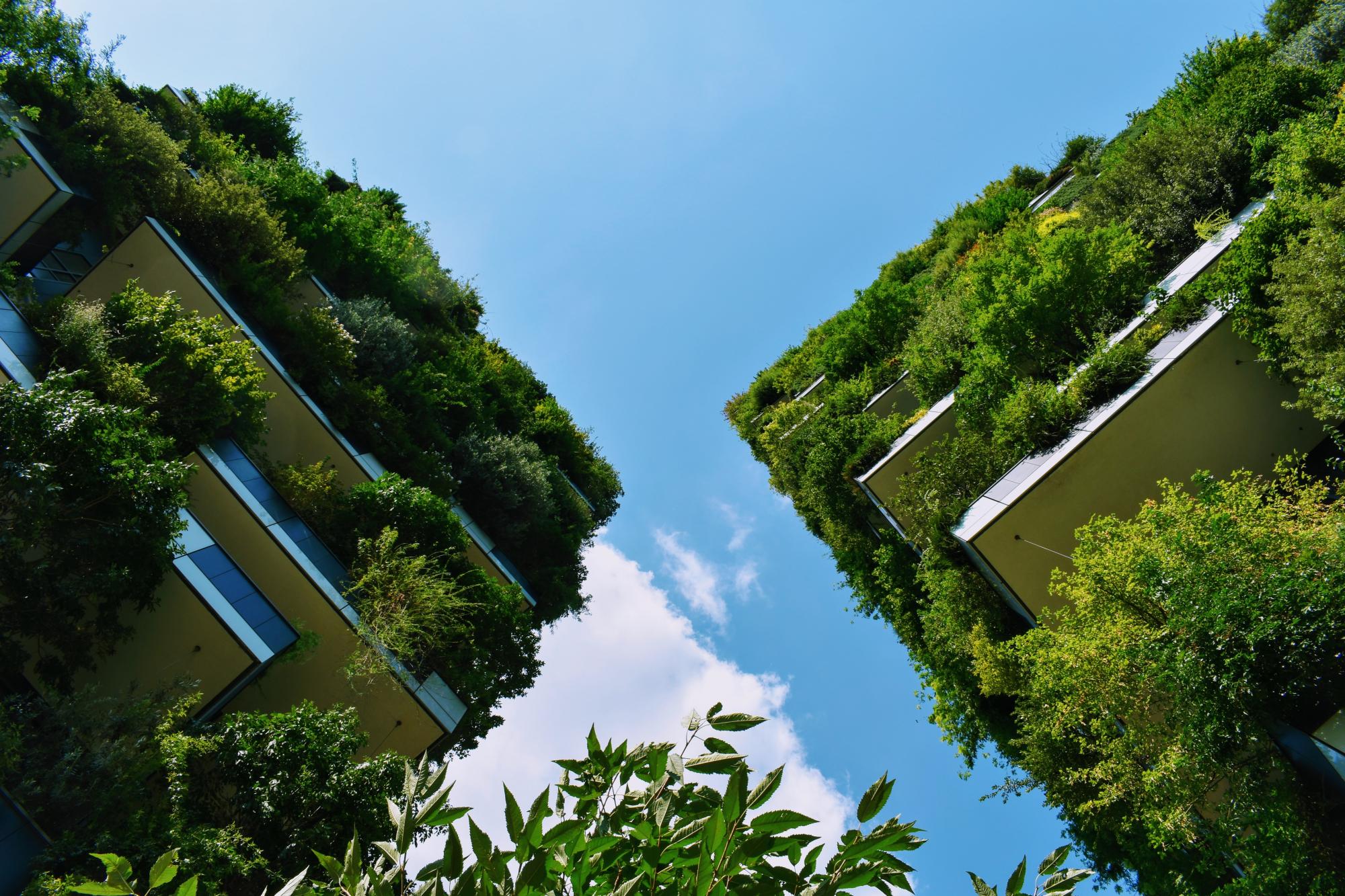The Rajakori lake rejuvenation project aimed at reviving an existing lake using a natural and sustainable treatment system, the "Scientific Wetland with Active Biodigester (SWAB)". SWAB technology uses a two-step process involving (i) a sedimentation tank equipped with a biodigester and (ii) a constructed wetland system. The untreated sewage waste is passed through this two-step process that uses microbes and plants to reduce pollutant levels. The project also involved redeveloping the public space around the lake for community use (Ref 1,2). Before 2017, the lake was overfilled with sewage and waste from nearby neighbourhoods due to a lack of proper sewage management. Initiated by the Delhi Government, the project aimed at using low-cost natural methods rather than conventional techniques involving concretized bases and chemicals to treat water (Ref 1, 4). Due to its success and cost-effectiveness, this project now serves as an excellent example for other projects within Delhi (Ref 5).
Overview
Nature-based solution
- Blue infrastructure
- Lakes/ponds
- In-land wetlands, peatlands, swamps, and moors
- Green areas for water management
- Rain gardens
- Parks and urban forests
- Pocket parks/neighbourhood green spaces
Key challenges
- Green space, habitats and biodiversity (SDG 15)
- Green space creation and/or management
- Regeneration, land-use and urban development
- Promote natural styles of landscape design for urban development
- Water management (SDG 6)
- Flood protection
- Stormwater and rainfall management and storage
- Improvements to water quality
- Cultural heritage and cultural diversity
- Preservation of historic traditions
- Health and well-being (SDG 3)
- Enabling opportunities for physical activity
- Improving physical health
- Creation of opportunities for recreation
- Inclusive and effective governance (SDG 16)
- Effective management
- Social justice, cohesion and equity (SDG 10)
- Social interaction
Focus
Project objectives
Implementation activities
Main beneficiaries
- Local government/Municipality
- Citizens or community groups
Governance
Management set-up
- Government-led
Type of initiating organisation
- Local government/municipality
Participatory approaches/ community involvement
- Co-planning (e.g. stakeholder workshops, focus groups, participatory mapping)
- Consultation (e.g. workshop, surveys, community meetings, town halls)
- Citizen monitoring and review
Details on the roles of the organisations involved in the project
Project implemented in response to ...
Financing
Total cost
Source(s) of funding
- Public local authority budget
Type of funding
- Earmarked public budget
Non-financial contribution
Impacts and Monitoring
Environmental impacts
- Water management and blue areas
- Improved water quality
- Increased protection against flooding
- Improved stormwater management
- Enhanced protection and restoration of freshwater ecosystems
- Green space and habitat
- Increased green space area
- Increased conservation or restoration of ecosystems
- Increased number of species present
- Increased protection of threatened species
Economic impacts
- Stimulate development in deprived areas
- Reduce financial cost for urban management
Socio-cultural impacts
- Social justice and cohesion
- Improved access to urban green space
- Increased opportunities for social interaction
- Increased involvement of locals in the management of green spaces
- Health and wellbeing
- Gain in activities for recreation and exercise
- Cultural heritage and sense of place
- Protection of historic and cultural landscape / infrastructure
- Preserved spiritual and religious values
- Increased appreciation for natural spaces
- Safety
- Increased perception of safety
Type of reported impacts
Presence of formal monitoring system
Presence of indicators used in reporting
Presence of monitoring/ evaluation reports
Availability of a web-based monitoring tool
References
(2) Srivastava A, Prathana T.C., (2021), Urban water resource management: experience from the revival of
Rajokri lake in Delhi. AIMS Environmental Science available at - Source link (accessed 24-02-2023)
(3) Baura A 2020, Delhi Man Turns Wasteland Into Model Lake in a Year, For Half The Usual Cost. The Better India, Sept 16, Source link (accessed 24-02-2023)
(4) Scientific Wetland with Active Biodigester (SWAB) as a sustainable technology for Decentralized Wastewater Treatment (no date) available at Source link (accessed 24-02-2023)
(5) The Rajokri Water Body Revitalisation Project (2020) available at Source link (accessed 24-02-2023)
(6) Rajokri lake rejuvenation project (no date) Delhi Government revives wasteland into a vibrant lake. available at Source link (accessed 13-03-2023)
(7) Rajokri lake rejuvenation project (no date) About. available at Source link (accessed 13-03-2023)
(8) The Indian Express (2020) Rajokri Lake revived by Delhi government wins Jal Shakti Ministry award, available at Source link (accessed 13-03-2023)





